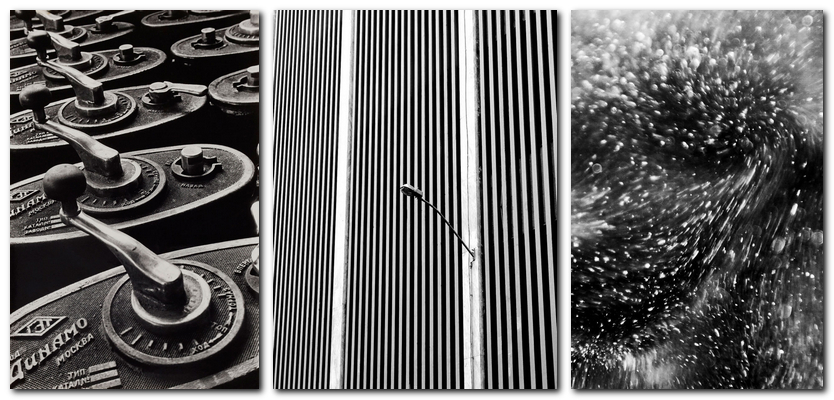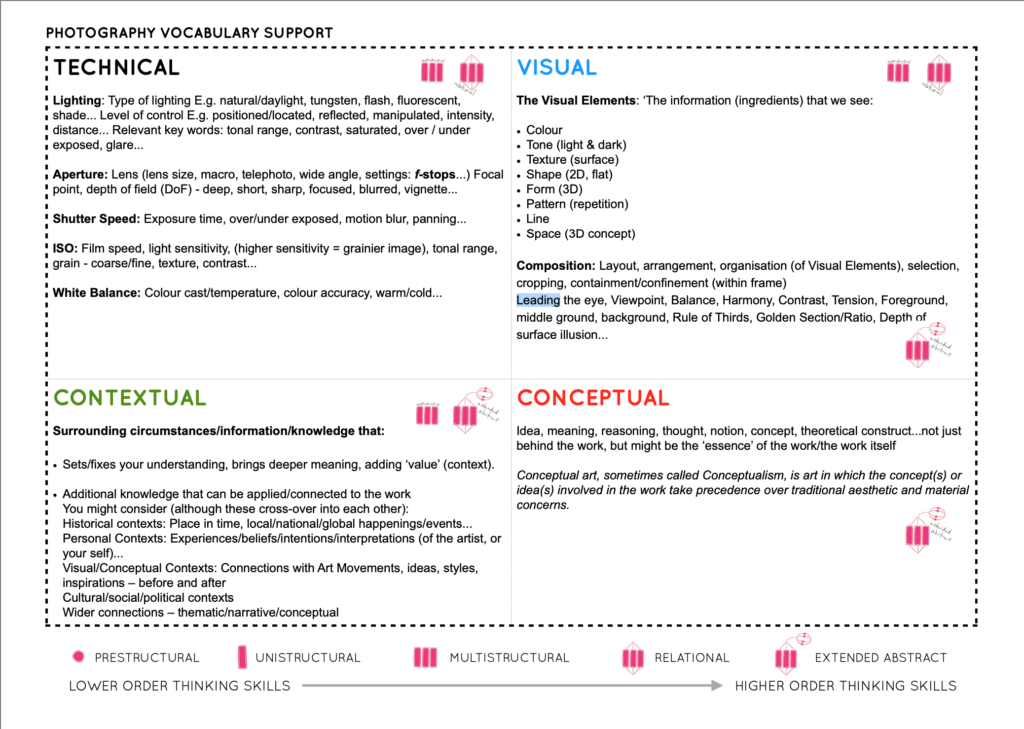Formalism describes the critical position that the most important aspect of a work of art is its form. the way it is made and its purely visual aspects – rather than its narrative content or its relationship to the visible world.

Peter Fraser

Peter Fraser created this image in 2002
Fraser travelled to many countries in the world in the early 1990s photographing different machines in scientific research establishments. In 2002 Fraser brought multiple different images
made from the department of Applied Physics at Strathclyde University. He did this with other photographers making sureall images of dirt and litter, to propose a democratic notion of the
importance of all material and to minimise waste which he demonstrates across all of his work,
‘everything might be worthy of the utmost attention’.
Line & Shape: There are number of repetitive circles within this piece which are complemented by the different curves of the main object which is the main vocal point
Space: The space in the image appears quite shallow and constrained. There is a mainly black background which what looks like metal as well.
Texture: The objects in the image appear smooth and almost wet as you can see the glaze from the light reflecting off of it.
Value/Tone: The image contains a range of tones from very dark to very light. There are deep shadows but also some mid tones.

What to look at when describing images
Light: Which areas of the photograph are brightest? Are there any shadows? Does the photograph allow you to guess the time of day? Is the light natural or artificial? Harsh or soft? Reflected or direct? How does light fall across the objects in the photograph?
Repetition/Shape: Are there any objects, shapes or lines which repeat and create a rhythm or pattern? Do you see echoes or reflections within the image?
Space: Is there depth to the photograph or does it seem shallow? What creates this appearance? What is placed in the foreground, middle ground and background? Are there important negative (empty) spaces in addition to positive (solid) spaces?
Texture/ value tones: If you could touch the surface of the photograph how would it feel? How do the objects in the picture look like they would feel?
Colour: What kind of colours can you see e.g. saturated, muted, complementary, primary? Is there a dominant colour? How would this image be different if it was in black and white? Does the use of colour help us understand the subject or does it work independently?
